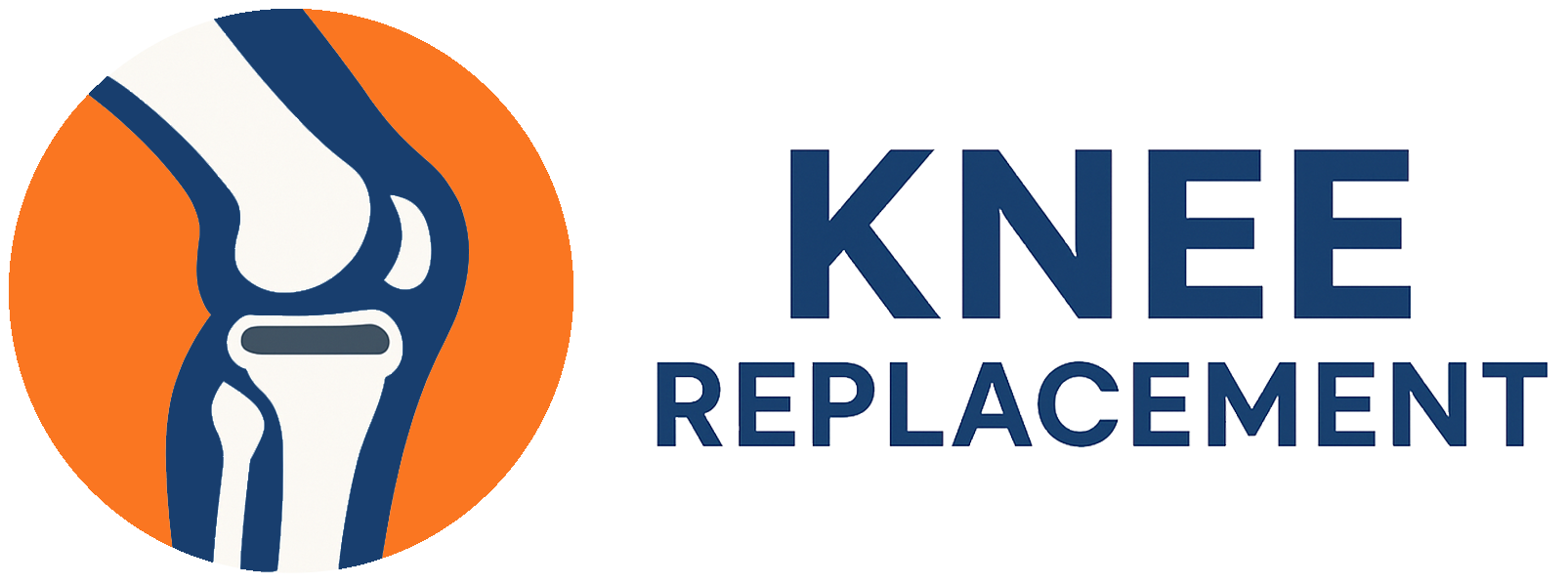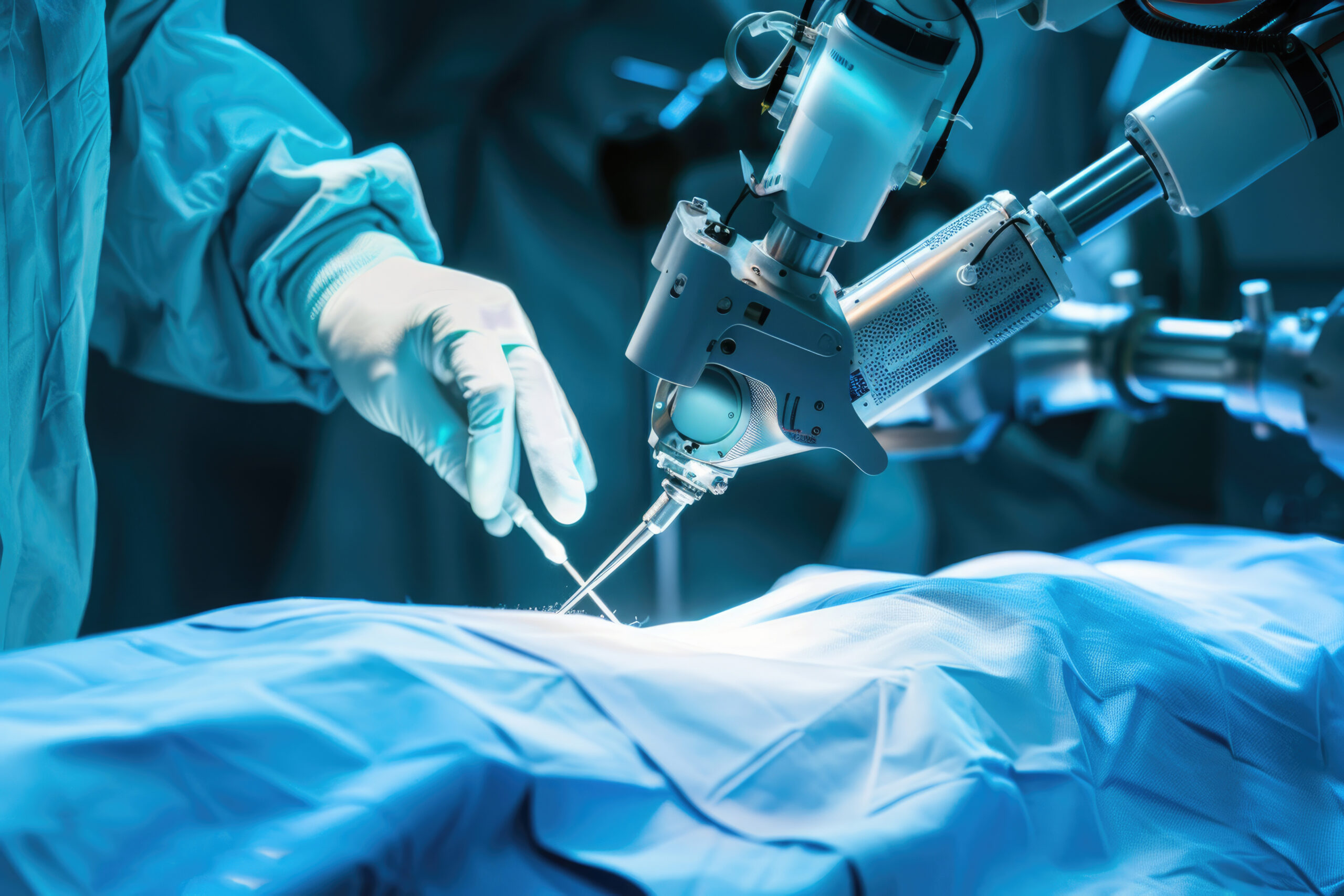Subtotal $0.00
Total Hip Arthroplasty (Total Hip Replacement)
Total hip arthroplasty (THA), or total hip replacement, is one of the most commonly performed orthopaedic surgeries worldwide. It is projected that between 2005 and 2030, the number of total hip replacements will increase by 174%.
Common Causes of Failure / Revision
The most frequent causes of failed total hip replacements (and reasons for revision surgery) are:
- Recurrent joint instability
- Intra-operative fractures
- Impingement (undue pressure of the joint on surrounding structures)
These factors can lead to implant dislocation, implant loosening, and persistent pain.
Why Robotic Technology?
In response to these causes of failure, robotic technology in hip replacement aims to:
- Enable detailed pre-operative planning
- Optimize implant selection
- Calculate implant size accurately
- Enhance precise placement and positioning of implants
The introduction of semi-active (haptic) robotic systems has renewed global interest among orthopaedic surgeons, particularly for total hip replacement.
Basic Steps in Robot-Assisted THR
- 3D Imaging: CT-based reconstruction of hip anatomy to generate patient-specific strategies.
- Pre-operative Planning: Creation of a 3D model of the patient’s hip using specialized software.
- Intra-operative Registration: Matching anatomical landmarks and patient positioning on the table.
- Robotic Milling & Reaming: Guided cutting/reaming for optimal component placement and sizing accuracy.
- Final Cup & Stem Implantation: Personalized component selection and sizing for each patient.
Benefits vs. Conventional (Non-Robotic) THR
Robot-assisted THR has been shown to provide improved post-operative outcomes, including:
- Greater precision in positioning and alignment of femoral and acetabular components
- Improved lateral and medial fit of the femoral component
- Better range of motion around the implant
- Reduced injury to surrounding soft tissues and muscles
- Lower incidence of persistent post-operative thigh pain
- Shorter hospital stay
- Reduced rate of post-operative dislocations
Overall, robot-assisted total knee and hip replacements show better intra-operative and post-operative outcomes, despite the added cost. A major improvement is the marked reduction in errors of prosthesis placement.
Conclusion
Enhanced accuracy of implant placement and the reduction of human error are achieved primarily through comprehensive pre-operative planning, a step that may be limited with manual instrumentation. As robotic technology advances, its adoption is likely to broaden, improving accuracy and reducing complications in total hip and knee replacements.
In India, the rapidly expanding healthcare sector continues to strive for best-in-class services at affordable costs, positioning robot-assisted arthroplasty as a promising approach for the future.




Comments are closed